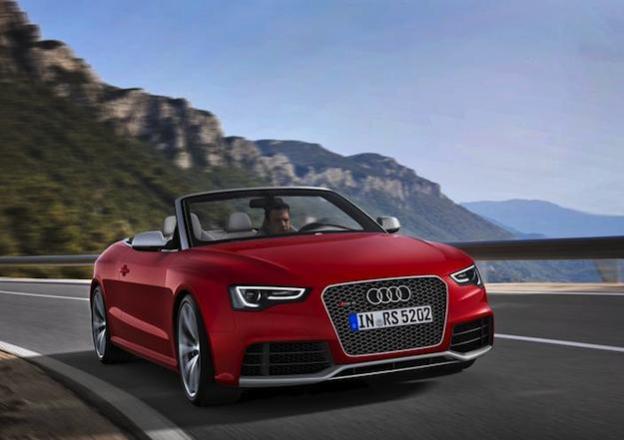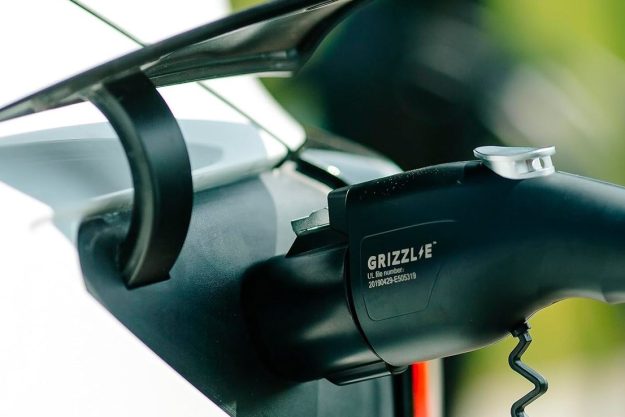
Volkswagen, owner of Audi, Lamborghini, Porsche, Bentley, and Bugatti, is eager to become the biggest automaker in the world by 2018, surpassing both General Motors and Toyota.
Volkswagen is already Europe’s biggest automaker and Audi has recently stepped into second place for global luxury automakers. Number two, however, isn’t good enough for Audi or VW. As it stands, Audi’s sales accounted for 58-percent of Volkswagen’s total profits during the first quarter of 2013.
Audi wants to continue to grow and become number one in luxury for 2015. How will it do that? Surprisingly, it’s hanging its hat on its high-performance and high cost RS models.
Volkswagen Chief Executive Officer Rupert Stadler said in a speech given to the annual VW shareholder’s meeting, “We aim to increase sales of high-performance cars by one third [in 2013],” according to a Bloomberg report.
In addition to banking on its high-octane models, Audi is putting plenty of stock in its new A3 sedan, which hits U.S. showrooms later this year.
This comes as a bit of a surprise to us for several reasons. Typically high-performance models like the RS 5 and R8 are best suited to garnering press and public admiration rather than profits. To our surprise, however, Audi sold near 11,000 of its RS and R8 vehicles in 2012.
Secondly, entry-level luxury models are also sales flops. Last year Lexus did away with its HS entry-level compact sedan as Acura rolled out the ILX, which has had a difficult sales run.
We’ll be intrigued to see if Audi can buck the trend of other automakers and make a profit from both its high-end and low-end cars.
Editors' Recommendations
- Audi’s new A3 Sedan learns a few tech tricks from its bigger siblings
- The 2020 Audi RS Q3 is a souped-up SUV you’ll have to admire from afar


